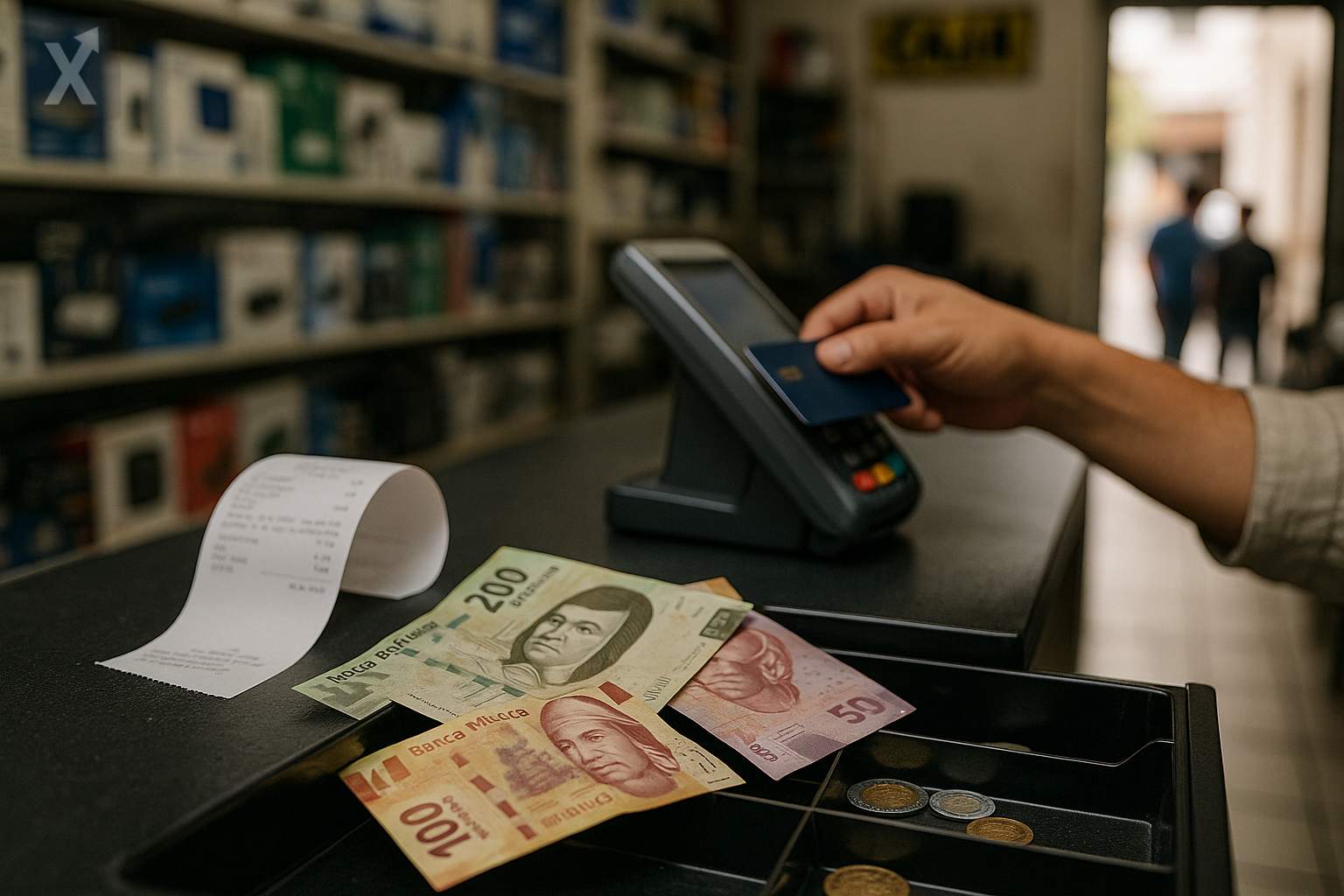Vietnam Accelerates as a U.S. Supplier, Challenging Mexico’s Export Leadership

U.S. imports from Mexico grew by 6.5% in the first seven months of 2025, reaching a total of $309.749 billion and keeping the country as America’s top source of goods. However, Vietnam’s momentum has begun to narrow the gap: during the same period, U.S. purchases from Vietnam totaled $106.223 billion, a 43.7% annual jump that propelled it from seventh to fourth place among the largest suppliers to the U.S. economy.
Vietnam’s rise is concentrated in sectors where Mexico also competes: computers, electrical equipment, parts, mobile phones, and machinery. In July, following a bilateral agreement on tariffs, imports from Vietnam jumped about 50% compared to the same month last year, while imports from Mexico grew by 8%. The contrast shows that while the USMCA and geographic proximity continue to support Mexico’s role in trade with its northern neighbor, competition for higher value-added manufacturing is ramping up.
Vietnam’s growth combines competitive labor costs, regulatory stability, and a strong technological integration agenda. In 2023, Washington and Hanoi established a Comprehensive Strategic Partnership that opened new doors for cooperation on semiconductors, the digital economy, energy, and critical minerals, with support tied to the CHIPS Act for developing STEM talent. This framework strengthens supply chains in sectors the U.S. wants to reshape amid its rivalry with China—and explains part of the shift in orders to Southeast Asia.
On the tariff front, 2025 brought new changes to the playing field. According to official announcements cited by U.S. and Vietnamese authorities, a general 10% tariff was set for most imports, and after negotiations, a special scheme for Vietnam was established with a 20% rate for direct shipments and a 40% rate for goods transshipped from third countries. Despite this more restrictive environment, purchases from Vietnam remained robust, suggesting that production relocation and logistical adjustments are outweighing tariff costs in certain product lines.
The challenge for Mexico is twofold. On one hand, geographic advantage, the supplier network under USMCA, and the broader trend of investment relocation remain in its favor, with northern states and the Bajío region consolidating industrial parks and supply chains for autos, medical devices, and electronics. On the other hand, bottlenecks persist in electric and transmission infrastructure, water availability in industrial hubs, customs efficiency, and logistical capacity at border crossings—as well as an urgent need to speed up training for technical talent in mechatronics, software, and semiconductor engineering.
The country already has solid foundations to make a technological leap: the electronics cluster in Guadalajara, the growing manufacturing specialization in Nuevo León, Coahuila, and Chihuahua, and clean energy projects like the Sonora Plan are all aimed at attracting knowledge-intensive industries. Still, moving up to chip packaging, testing, and eventually design will require regulatory certainty, clear incentives, reliable electricity, more R&D funding, and stronger links between universities and global suppliers.
The macroeconomic context matters, too. High interest rates and a strong peso in 2023–24 helped contain inflation but squeezed exporters’ margins for inputs priced in dollars. At the same time, rising wages and USMCA labor rules are raising standards and supporting domestic consumption, but also forcing plants to boost productivity to stay competitive with Asia. The 2026 review of the USMCA will be key to updating rules of origin in sensitive sectors, modernizing procedures, and reinforcing regional integration.
In the U.S., the trade deficit with Vietnam widened rapidly in 2024 and continued to grow in 2025, placing Vietnam among Washington’s three largest trade deficits, alongside Mexico and China. At the same time, high-level diplomatic contacts between the U.S. and Vietnam point to a long-term relationship in advanced manufacturing. For Mexico, the message is clear: staying on top will require faster investment in energy and infrastructure, climbing the technology ladder, and attracting more projects in electronics, next-generation auto parts, and digital technologies.
In summary, Mexico remains the number one supplier of goods to the U.S., but Vietnam is quickly gaining ground in key segments. The mix of proximity, USMCA, and relocation is a real advantage for Mexico—provided it is matched by sufficient energy, efficient logistics, specialized human capital, and innovation. The next few quarters will be crucial to determine whether Mexico consolidates its position in high-value manufacturing or gives way to the new Asian wave.






